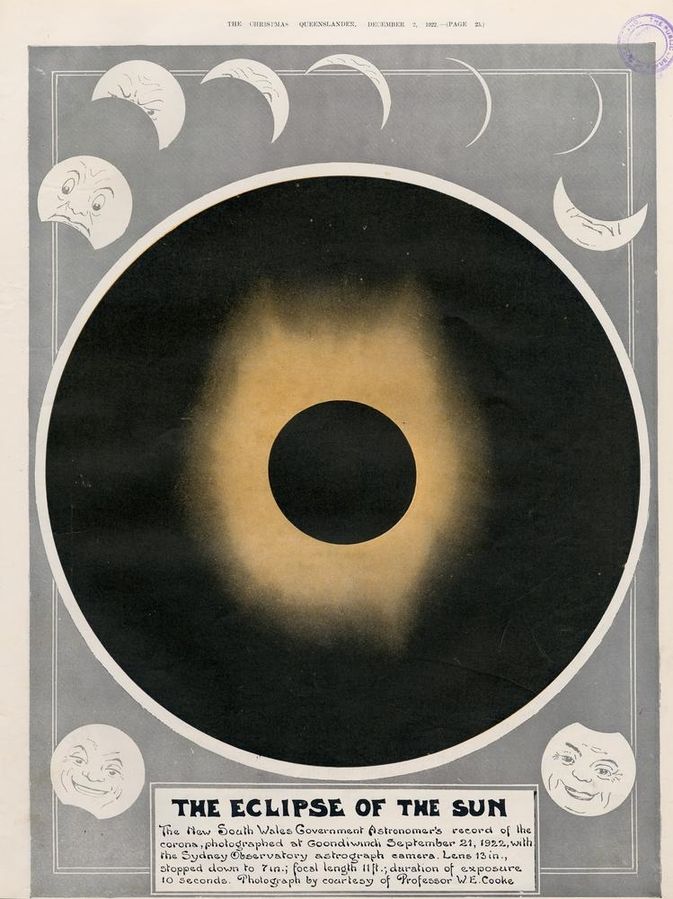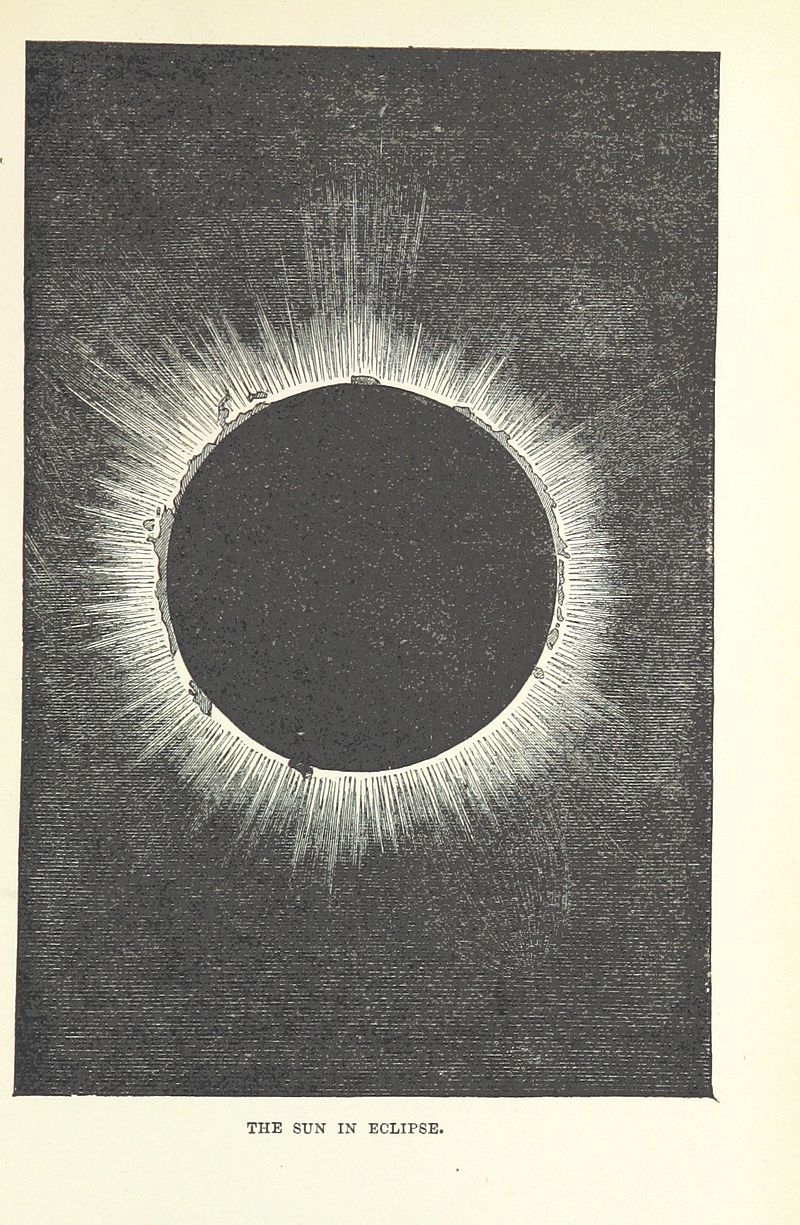Imagine you are unfamiliar with electricity and the only light you know is from the sun. Your family has lived this way for centuries. The sun rises in the morning and sets at night. Most daily activities occur when the sun is out. Night is a time for stillness and rest.
One day, the bright sun suddenly develops a dark shadow. In that moment, the stars are visible as if it were night and the air begins to cool. All light disappears and a thin, glowing ring surrounds the moon.
What would your thoughts be? How would you feel? Would all be lost? Would your family be afraid, or would they accept it?
In 2013, National Geographic collected various myths and misunderstandings from around the world which explained the occurrence of solar eclipses. One myth among the Batammaliba people of Togo and Benin, West Africa, is that during a solar eclipse, the sun and the moon are fighting and need to resolve old conflicts.
Arguing aside, during a solar eclipse, which will happen for us on Monday, Aug. 21, 2017, a New Moon will completely block out the sun’s light for two minutes or so. This is significant because the total eclipse will be visible in a 60-70 mile path across North America beginning in Newport, Oregon and ending on the coast of South Carolina. The last time the total eclipse was visible across the country was 1979. The remainder of the U.S., Canada and Mexico will see a partial eclipse. The National Weather Service’s interactive map of the Path of Totality can help you discover where your own location relates to the path.
NASA describes the science and beauty of the upcoming solar eclipse on its new website Total Eclipse 2017. There, you’ll find facts about how an eclipse works, maps of where to view it, locations of celebrations and resources for education and activities.
The Indiana State Library federal documents collection contains a U.S.A. War Department “Report on the Solar Eclipse of July, 1878,” published roughly 140 years ago. Within this report are observations made by the Signal Service of the Total Eclipse of the Sun on July 29, 1878. Field notes, letters, and other documents were collected from over 100 stations across the country, including seven Indiana locations.
“Shortly after 4 p.m. the sky cleared and showed the eclipse progressing. About 4:30 p.m. there was about one-half of the sun’s disk covered. Was prevented from timing the beginning and ending of the eclipse by occasional clouds. Temperature in the shade not affected during eclipse, but light toned down to a peculiar yellowish light.”1
Some observations are quite poetic and colorful:
“The white lines shot out and flickered uniformly; the inner circle of light during totality was of a purple hue, around which was a circle of pale yellow skirted with a circle of orange, from the edge of which the irregular striae were observed. During totality there was no appreciable change in the color of the striae, which color was white with a yellow tinge, and no red flames were observed.”2
You can see more Solar Eclipses of Historical Interest on the NASA Eclipse website. Historical records of eclipses dating beyond 3000 B.C. can be found at NASA’s Solar Eclipses: Past and Future webpage which provides a catalog of eclipses over the last five millennium throughout the centuries all the way back to 2000 B.C.
For a current description of what happens ‘When the Sun Goes Dark,’ check out the new illustrated book published by the National Science Teachers Association and written by Andrew Fraknoi and Dennis Schatz, reviewed here by Space.com. It’s recommended that you order it no later than Monday, August 14 to ensure delivery before the eclipse. It’s also available as an e-book.
You can view this month’s solar eclipse in a number of ways, but remember to protect your eyes!
On Monday, Aug. 21, 10 different Indiana state parks have programs for solar eclipse viewers. Find out which 10 parks are having viewing programs here on the IN DNR calendar. A handy online guide from the American Astronomical Society will show you how to safely view the solar eclipse.
If you’re not sure where to view the solar eclipse, read the article The road to watching this summer’s solar eclipse starts in the library? and view the map of participating libraries for viewing events.
Enjoy the myth and the magic behind stories of solar eclipses while observing this fantastic scientific event!
This blog post by Katie Springer, reference librarian. For more information, contact the Reference & Government Services Division at 317-232-3678 or submit an Ask-A-Librarian request.
1. Report on the Solar Eclipse of July, 1878. Indiana: Indianapolis. July Journal, C.F.F. Wappenhans, sergeant, Signal Corps, U.S.A.
2. Report on the Solar Eclipse of July, 1878. Indian Territory: Fort Sill. – Special report by John McCann, private, Signal Corps (O.C.S.O. 4389, Obs., 1878).


